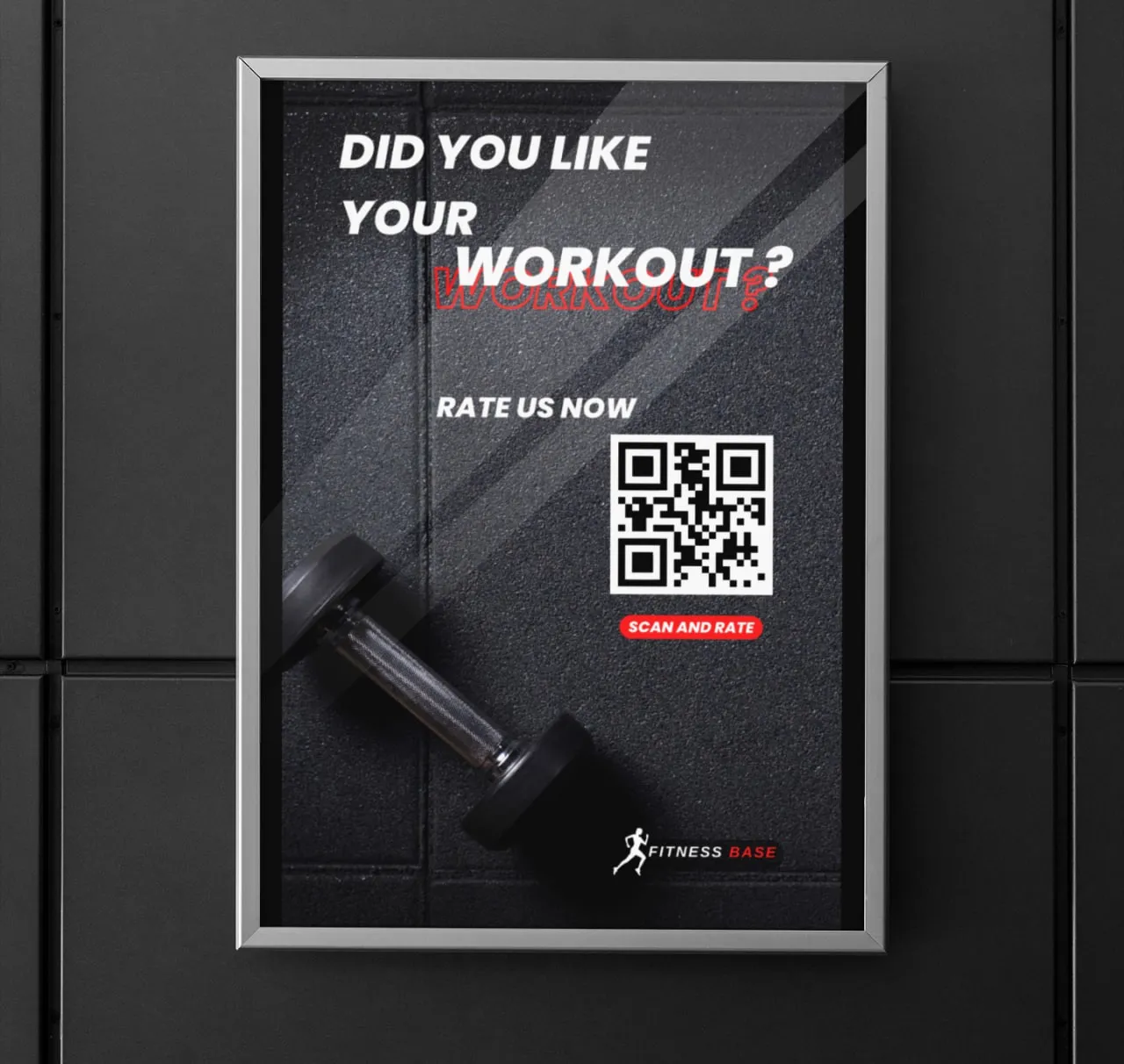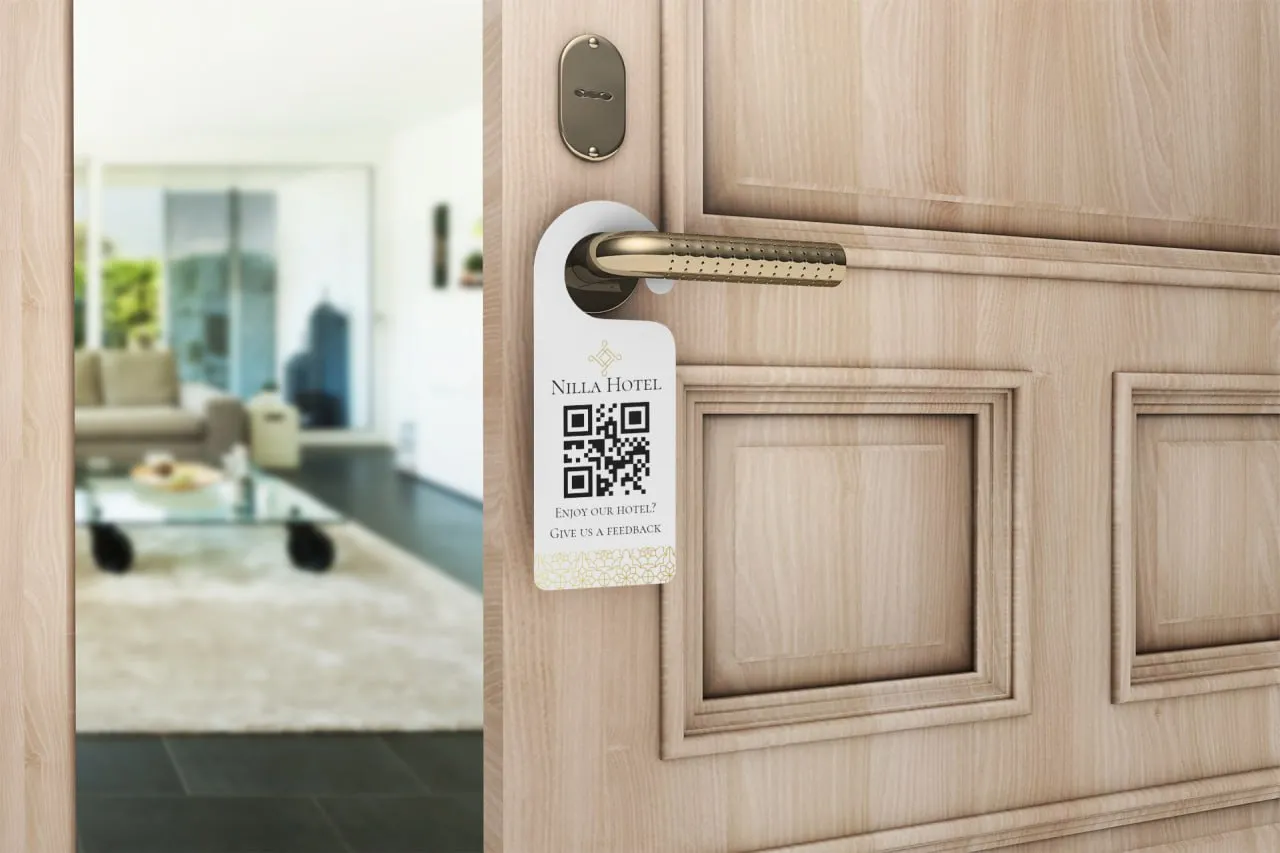

Table of Contents
1.
The Power of QR Code Questionnaires
2.
Steps to Create a QR Code Questionnaire
3.
Collecting and Analyzing Responses
4.
How to create your own Survey QR codes?
5.
Conclusion
Creating a QR Code Questionnaire & Collecting Responses
In a world that's constantly evolving and where time is of the essence, the traditional methods of collecting survey responses can be cumbersome and time-consuming. Fortunately, there's a modern and efficient solution - QR code questionnaires. This innovative approach streamlines data collection, making it invaluable for businesses, educators, event organizers, and more.
The Power of QR Code Questionnaires
A QR code questionnaire is a digital survey that respondents can access by scanning a QR code using their smartphone or tablet. This modern twist on surveys offers several advantages that are hard to ignore.
1. Speed and EfficiencyOne of the primary benefits of QR code questionnaires is speed. Traditional methods, such as paper surveys, can take days or even weeks to gather responses and compile the data. With QR code surveys, participants can provide feedback in a matter of seconds. This instantaneous response time allows for quicker data analysis and decision-making.
2. Reduced ErrorsTraditional data collection methods often involve manual data entry. This manual process introduces the potential for errors, as information is transcribed from paper forms or emails. QR code questionnaires eliminate this risk by directly inputting data into a digital system. The accuracy and integrity of the data are preserved, saving time and reducing the risk of inaccuracies.
3. Real-time Data CollectionQR code questionnaires offer real-time data collection capabilities. As soon as a respondent submits their answers, the data is available for analysis. This real-time feature allows for monitoring responses as they come in, providing insights into trends and immediate feedback. You can stay updated on the progress of your survey and adapt your strategy as needed.
4. Cost-EffectiveTraditional surveys often incur printing, distribution, and postage costs. In contrast, QR code surveys can be created and shared electronically, saving both time and money. There's no need to print and distribute paper surveys, reducing overhead costs and environmental impact.
Steps to Create a QR Code Questionnaire
Creating a QR code questionnaire is a straightforward process. Here are the key steps to follow:
1. Selecting a Survey ToolBegin by selecting a survey tool or platform that supports QR code generation. Some popular options include Google Forms, SurveyMonkey, and Typeform. These tools often offer templates, which can make the questionnaire creation process even more straightforward.
2. Designing Your QuestionnaireCraft your survey questions carefully. Ensure that they are clear, concise, and relevant to your objectives. A well-designed questionnaire is more likely to yield useful responses. Use your chosen survey tool's design features to create an aesthetically pleasing and user-friendly survey.
3. Generating a QR CodeOnce your questionnaire is ready, most survey tools will provide an option to generate a QR code for your survey. Customize the QR code's appearance to align with your brand or survey theme. You can adjust colors and incorporate a logo if needed.
4. Distributing Your QR CodeNow that you have your QR code, you can distribute it to your target audience. Options for distribution include:
- Printing: If you want to distribute your survey at physical locations, print the QR code on flyers, posters, or promotional materials.
- Online: Share the QR code electronically through email, social media, your website, or even in your email signature. The digital nature of QR codes allows for versatile distribution.
Collecting and Analyzing Responses
To make the most of your QR code questionnaire, consider the following:
Encouraging ParticipationTo encourage respondents to take your survey, it's essential to promote it effectively:
- Use engaging and compelling language in your promotional materials.
- Promote your survey through various channels, including social media, email newsletters, and in-person events.
- Consider offering incentives such as discounts, freebies, or entry into a prize draw.
Real-time Data Collection and AnalysisWith responses coming in real-time, you have the opportunity to monitor trends and make decisions accordingly:
- Use the analytics tools provided by your chosen survey platform to gain insights into the data.
- Segment your data to identify patterns, trends, and correlations.
Exporting Data for Further AnalysisQR code questionnaires allow you to export the survey data in various formats:
- Export data for more in-depth analysis. This may involve advanced statistical analysis, creating visual reports, and making data-driven decisions based on your findings.

L2QR
The QR code platform offers effective e-marketing solutions
Create your QR code design that will meet your brand standards with colors

How to create your own Survey QR codes?
Embarking on the journey of crafting your own art QR code is an exciting endeavor that doesn't require advanced design skills or a hefty budget. With a few simple steps, you can infuse your creative vision into a QR code that aligns perfectly with your brand. Here's how:1. Sign up on Link-to-QR.com
Go to link-to-qr.com. Our platform offers an intuitive and user-friendly interface for generating QR codes with a personalized touch for free.
2.Select QR Code TypeOn our QR code generator, pick the QR code type. For creating a Rating or Feedback QR code, you'll typically choose the "Feedback" or "Rating" option.
3.Customize Your QR CodeOur QR code generator offers customization options. You can adjust the color scheme, add your logo, or personalize the design to match your brand's aesthetics. Ensure that the QR code remains easily scannable even after customization.

4.Generate and Download the QR Code
After personalizing the QR code to your liking, click the "Generate" or "Create QR Code" button. The platform will generate your QR code, and you can usually download it in a standard image format like PNG or SVG.
5.Test the QR CodeBefore using the QR code for official purposes, it's essential to test it. Ensure that it correctly directs users to your feedback form or rating page. Use a QR code scanning app or your smartphone's camera to scan the code and confirm that it functions as intended.
6.Print or Share the QR CodeOnce you are confident in the QR code's functionality, you can incorporate it into your marketing materials, posters, or wherever you want to gather feedback or ratings. Alternatively, you can share the QR code digitally through email, social media, or your website.
By following these steps, you can create a customized Rating or Feedback QR code to engage with your audience and gather their valuable opinions and ratings.Conclusion
In an era where time is a precious resource, QR code questionnaires offer a convenient and efficient method of collecting feedback and conducting surveys. The advantages are clear: speed, reduced errors, real-time data collection, and cost-effectiveness. Whether you're in business, education, event planning, or any other field that requires data collection, QR code questionnaires are a game-changer. Embrace this innovative tool to gather insights quickly and efficiently, benefitting both your organization and your respondents. Your participants will appreciate the convenience, and you'll appreciate the streamlined data collection and analysis capabilities that QR code surveys bring to the table.